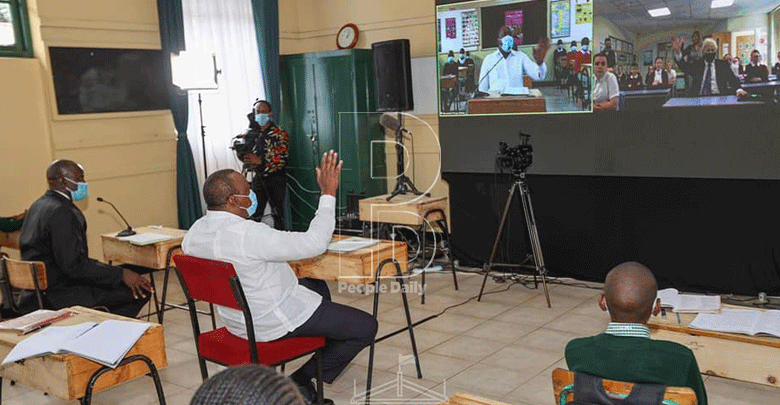How technology can improve access to education
By Raphael Obonyo, August 24, 2021Technology has become a critical component in running our daily affairs since Covid-19 pandemic hit us and minimised our interactions.
The education sector has been affected more than any other. On March 15, 2020, the government closed all schools and colleges in response to the pandemic, disrupting the academic progress of nearly 17 million learners for nine months.
Although the institutions of higher learning easily developed and leveraged on technology to offer lectures, that was not the case for the other learners.
The role of technology in complementing the conventional learning models, which the Jubilee government had intended to give baby steps by its Standard One laptop project, must now be given a fresh and serious policy thought.
Technology has the potential to reduce the cost and enhance equality of education by freeing more resources for marginalised areas.
Efforts by some schools to offer online lessons did not work out well since most parents could not afford related expenses such as daily internet bundles, putting them at a great disadvantage compared to their counterparts who could afford.
Virtual learning has also faced challenges due to lack of well-defined infrastructure.
Most of the teachers and education stakeholders have limited knowledge for online dissemination of knowledge, lack of detailed costs of teaching and preparation of online teaching, assessment and evaluation.
This further resulted in slow uptake of the online learning while schools were closed.
The government has a critical role to play in enhancing the success of technology by providing the much-needed infrastructure such as the internet connection and electricity in schools in remote areas.
Kenya has already made significant progress towards increasing access to education due to free public primary and secondary education that the country can build on.
Enrolment in pre-schools increased from 2.5 million in 2011 to 3.2 million in 2015.
However, access to formal education has remained an enormous challenge as over 1.2 million primary-school-age children do not attend school, according to a UNICEF report last year.
Part of this challenge is the inclusion of children with disabilities and the lack of data that makes it impossible to quantify the extent of the problem.
The factors that keep children with disabilities out of school are found both in the home environment and in the education system.
Children from nomadic communities face challenges, including a perceived lack of value of schooling and scarcity of schools in some areas.
The low number of secondary schools is a major bottleneck to secondary enrolment.
In some communities, girls may fear losing their “marriageability” by joining secondary school and face risks of sexual abuse.
In North-Eastern Kenya, for instance, terrorist attacks have kept teachers from other regions away, meaning that many children in the already marginalised counties are further deprived of education.
There is a need for the government to partner with the private sector in policy development of e-learning.
Apart from the immense resources the sector has placed in education, there is also a relatively advanced level of knowledge that can be utilised to embrace e-learning. — The writer is a Public Policy Analyst — raphojuma@hotmail.com
More Articles

